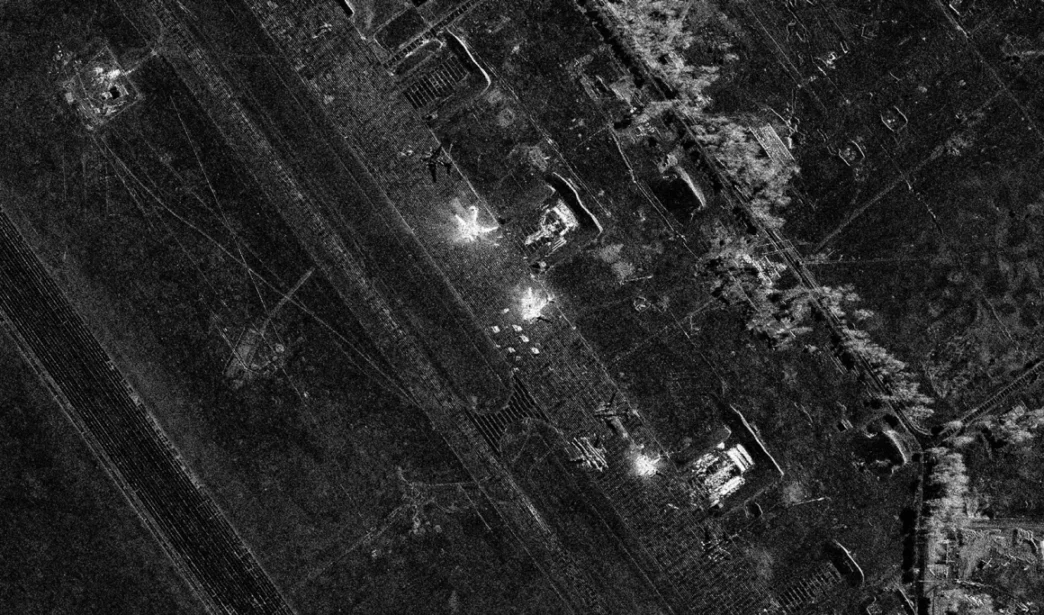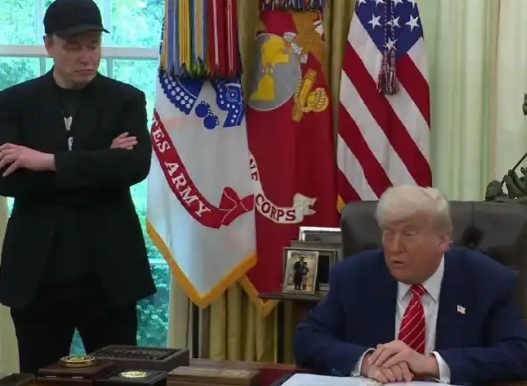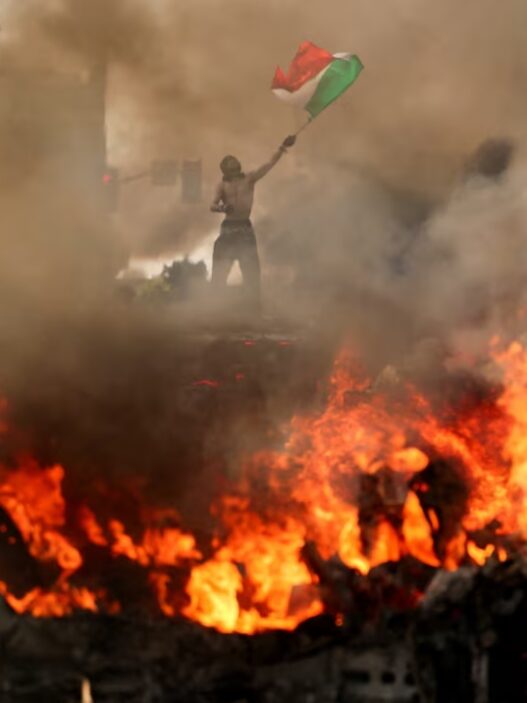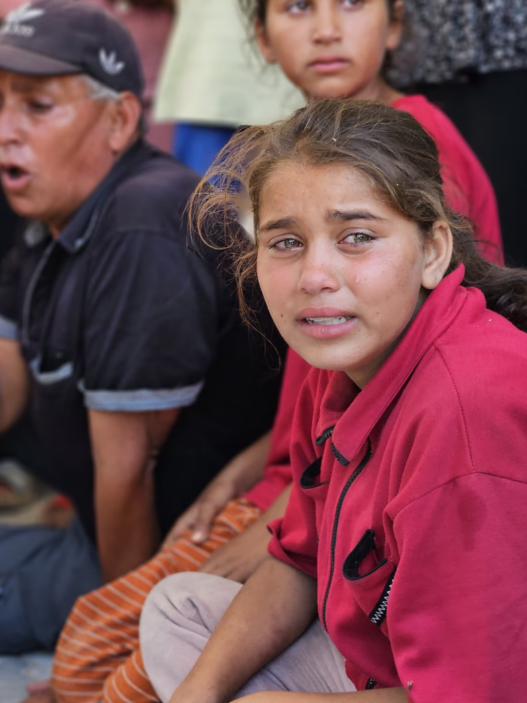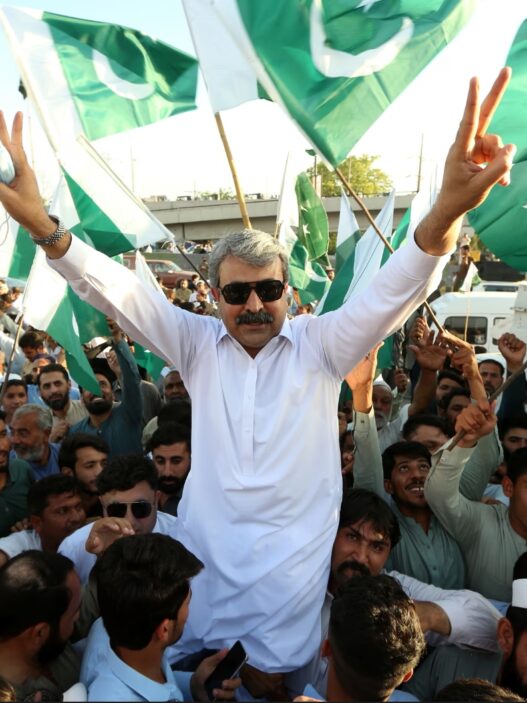In a covert operation that stunned military analysts, Ukraine launched a drone strike that was not just bold — it was brilliantly executed. The mission damaged or destroyed dozens of Russian aircraft, many of which were being used to terrorize Ukrainian cities with near-daily attacks.
Ukraine’s Security Service of Ukraine (SBU) claimed responsibility for the strike, saying 41 Russian aircraft were hit. These included strategic bombers and surveillance planes. While the exact number of aircraft fully destroyed remains unclear, the operation is being hailed as one of Ukraine’s most daring moves of the war.
Justin Bronk, a senior fellow at the Royal United Services Institute, called it “a stunning success.” He emphasized that even if only half of the damage claims prove accurate, the strike would significantly degrade Russia’s capacity to carry out long-range cruise missile attacks — as well as maintain its nuclear deterrence missions across Europe and Asia.
Hitting Targets Far Behind Enemy Lines
The attack wasn’t conducted at the border — it reached deep into Russian territory. One of the farthest airbases hit was Belaya, located in the Irkutsk Oblast, roughly 4,500 kilometers (2,800 miles) from Ukraine.
Ukraine’s SBU also identified a base in Russia’s Amur Oblast as a target. It’s unclear whether the attack there failed or was called off.
Many of these bases had aircraft parked in the open — some even visible on Google Maps. Russian complacency may have stemmed from the belief that these locations were safe due to distance alone.
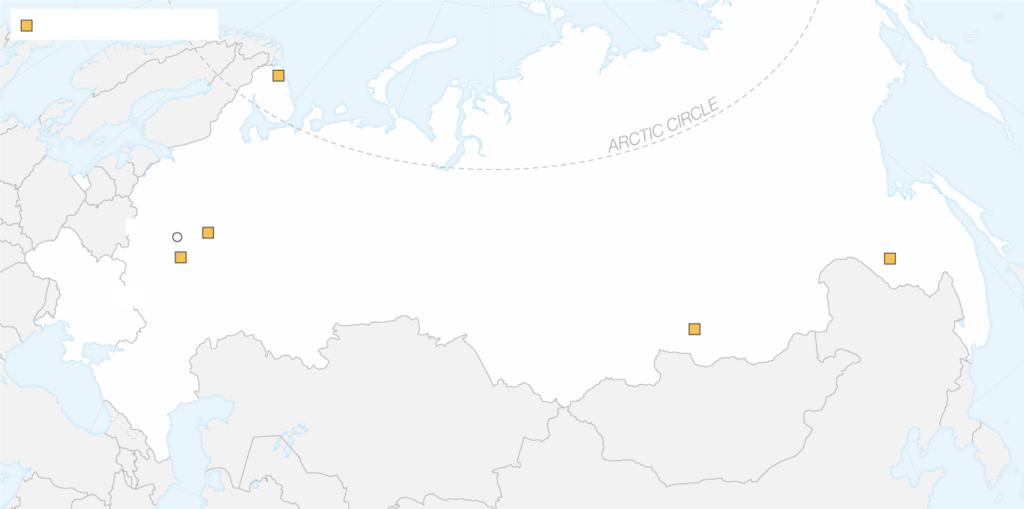
Launching Drones from Inside Russia
Ukraine didn’t launch drones from its own territory. Instead, operatives smuggled them deep into Russia. According to President Volodymyr Zelenskyy, 117 drones were used. They were transported in wooden sheds lined with metal roofs, hidden in insulation cavities, and mounted on trucks.
Ukrainian intelligence managed to get the drones near their targets before launching them. Once in position, the roof of each mobile shed opened — and drones took flight.
A CNN investigation verified footage from the scene. It shows two drones lifting off from a truck near Belaya air base. In the distance, thick smoke from a previous strike billows into the air. Moments later, the same truck appears to explode — a likely self-destruct mechanism.
Russian Air Defenses Caught Off Guard
Russia’s radar systems were simply not prepared. The bases lacked defenses capable of intercepting low-altitude drones flying at close range. Heavy machine guns — the kind Russia uses against sea drones in the Black Sea — were either unavailable or deployed too late.
Ukraine’s strategy avoided Russian air superiority zones. Instead, it relied on local smuggling and precision timing. Reports from Russian Telegram channels Baza and Astra suggest a Ukrainian man living in Russia may have purchased the trucks and paid drivers to deliver them to target zones.
Though neither side has confirmed these details, the RIA Novosti news agency reported that Irkutsk authorities were searching for a suspect whose name matched those mentioned in the reports.
Remote Drone Pilots and Russian Telecom Networks
A Ukrainian official familiar with the operation told CNN that drone pilots were likely operating from remote hubs. The drones were controlled via Russia’s own telecommunications networks. This included using standard Russian cell phones — which are harder to detect than satellite-based systems like Starlink.
The operators may never have been close to the launch sites. A first-person view (FPV) drone system allowed them to target each base one by one.
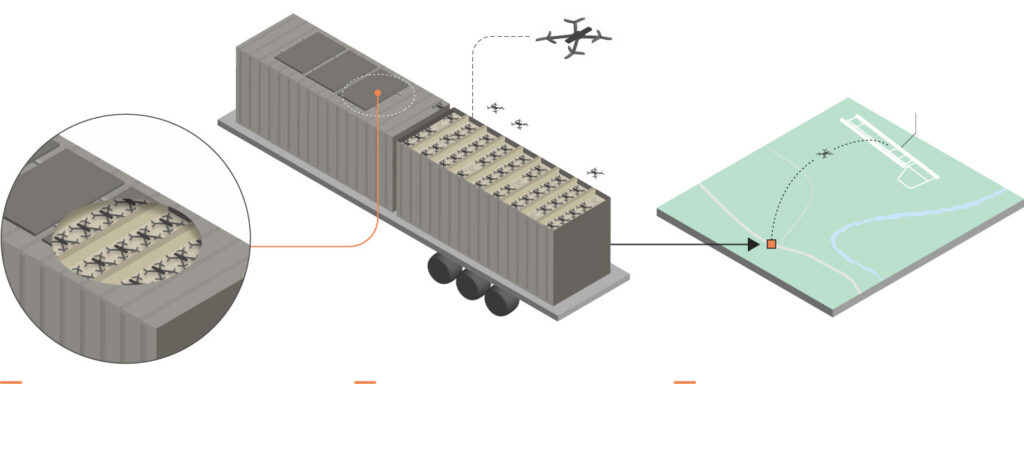
The whole setup underscores Ukraine’s growing sophistication in unmanned aerial vehicle (UAV) warfare.
Moscow Downplays, Bloggers Outraged
Russia’s Defense Ministry acknowledged the attacks but described them as “terrorist acts.” Officials claimed no casualties and said the fires at the bases in Irkutsk and Murmansk were extinguished. However, their account differed sharply from that of pro-Russian military bloggers.
One of the most influential, Rybar, called the strikes “a tragic loss” and accused the Russian military of “criminal negligence.”
Ukraine’s SBU estimated the damage at $7 billion. They claimed 34% of Russia’s cruise missile carrier fleet was damaged at its primary airbases.
Strategic Bombers: Rare and Hard to Replace
Russia began 2025 with only 55 Tu-22M3 and 57 Tu-95 bombers, according to the Military Balance report from the International Institute for Strategic Studies. These bombers are essential for Russia’s long-range strike capabilities.
The Tu-95, first introduced in the 1950s during the Soviet Union era, has been modernized to carry cruise missiles. But building replacements is nearly impossible now. Russia no longer produces them at scale, and sanctions limit its manufacturing capacity.
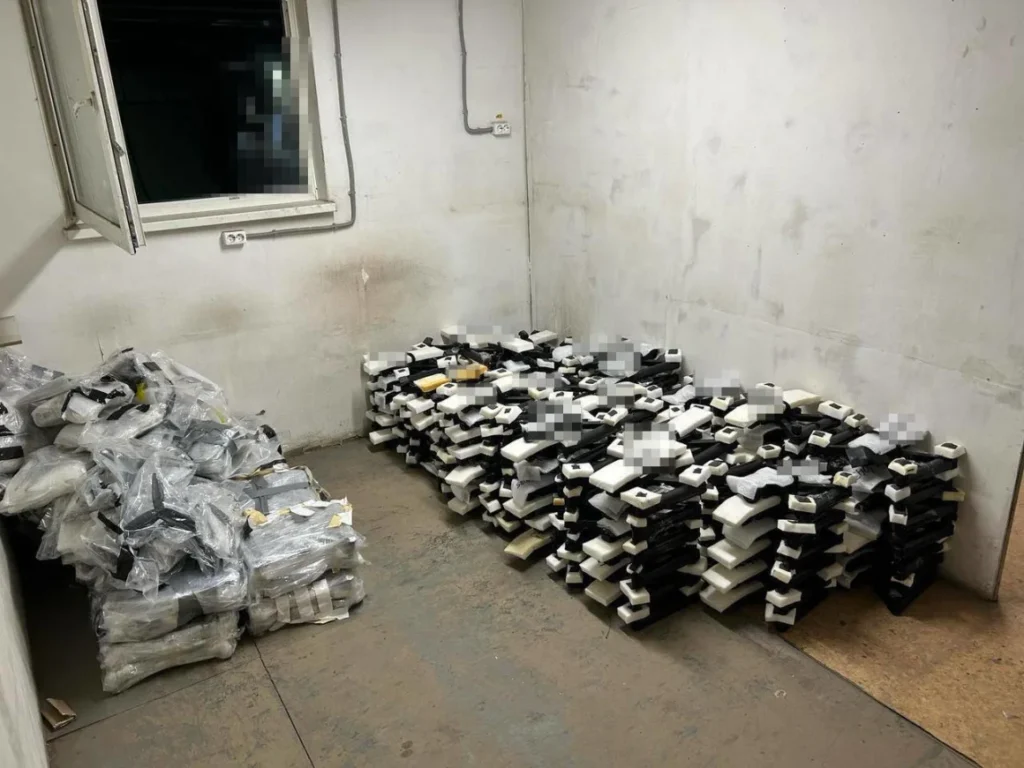
According to Justin Bronk, replacing these aircraft would be a massive challenge — and that makes their loss all the more devastating.
A New Chapter in Drone Warfare
Ukraine’s strike signals a shift in how future wars may be fought. Deep, precise, and stealthy attacks are no longer limited to states with large air forces. With creativity, strategy, and persistence, Kyiv proved it could pierce the heart of Russia’s strategic defenses — and walk away unscathed.








